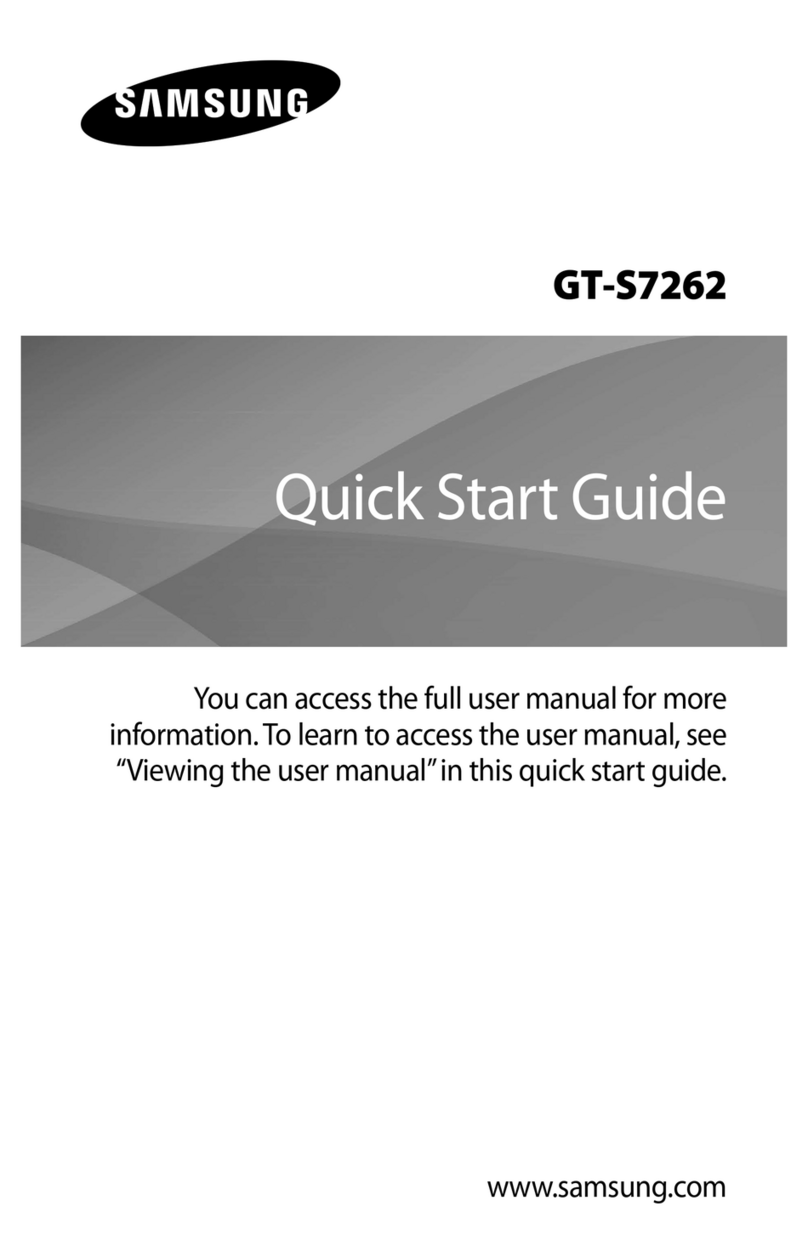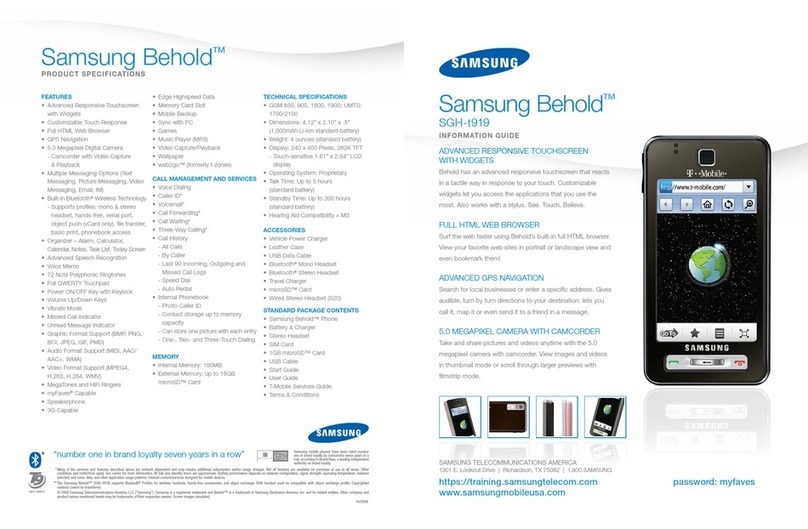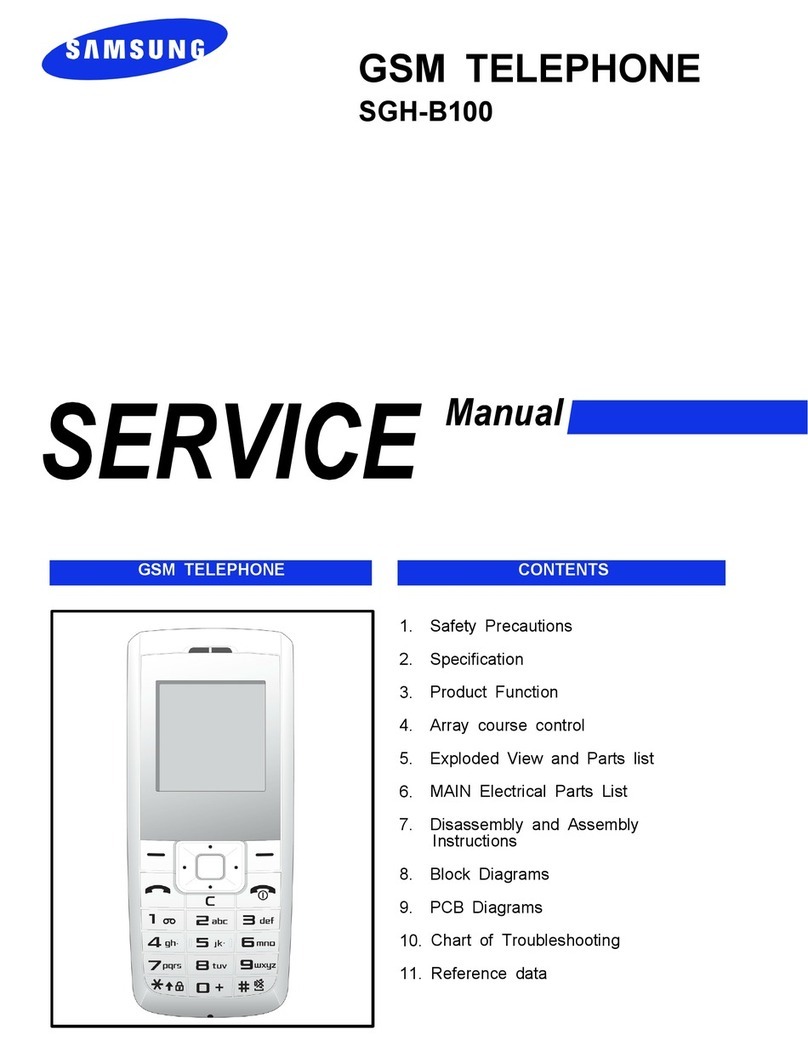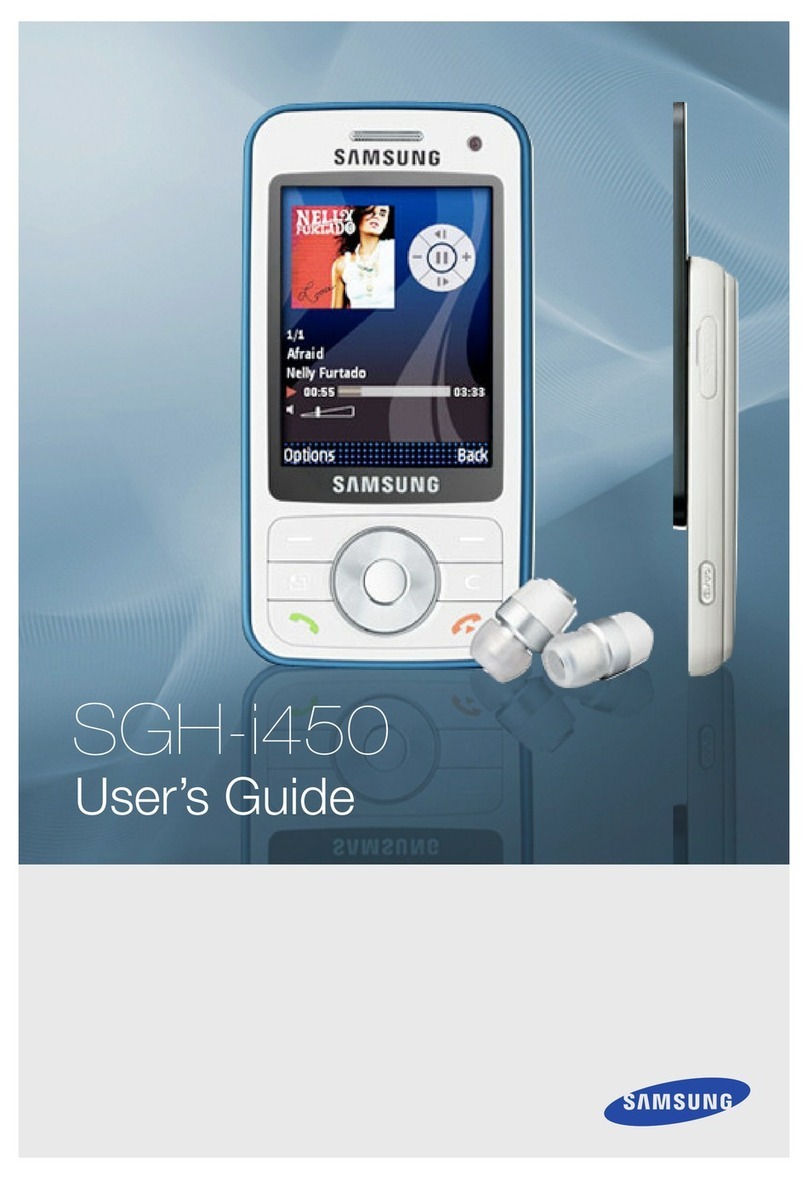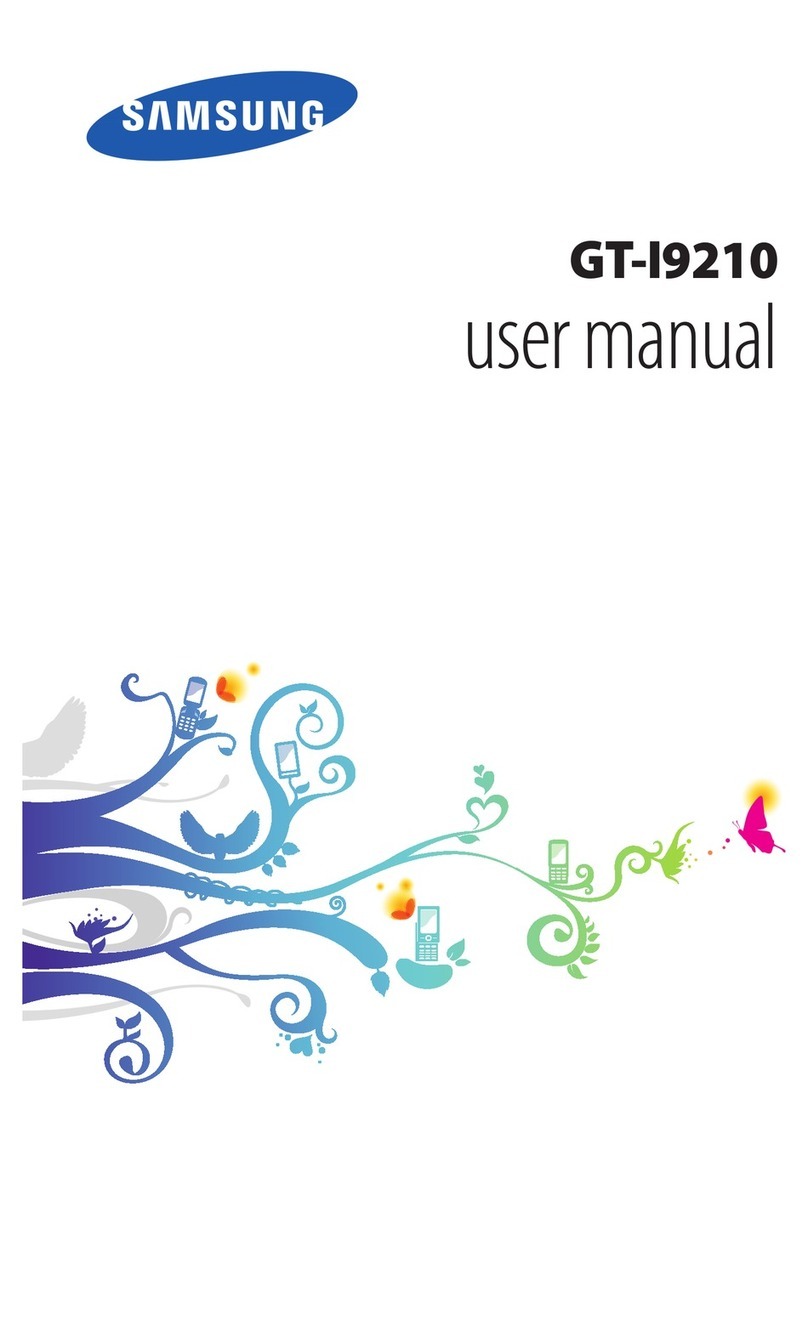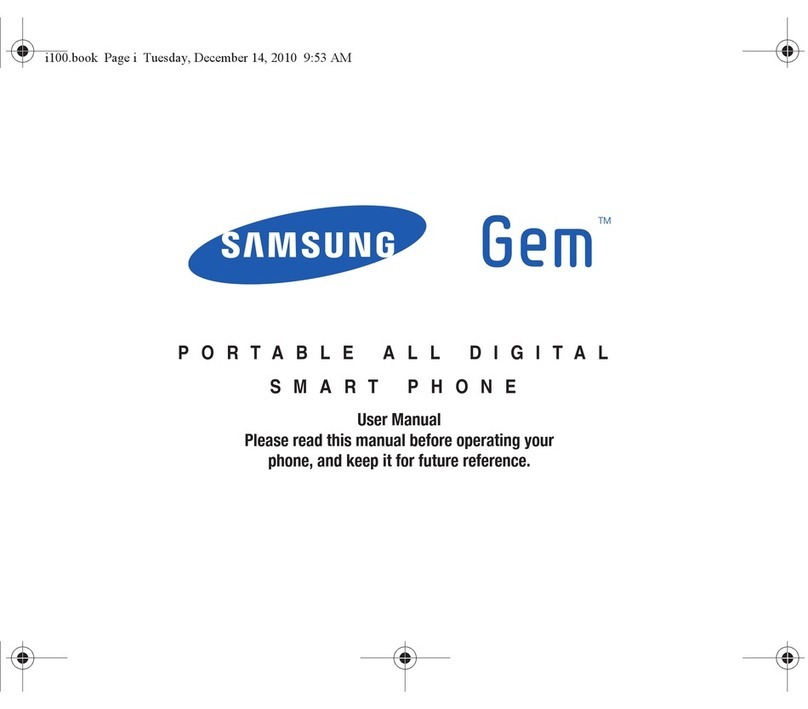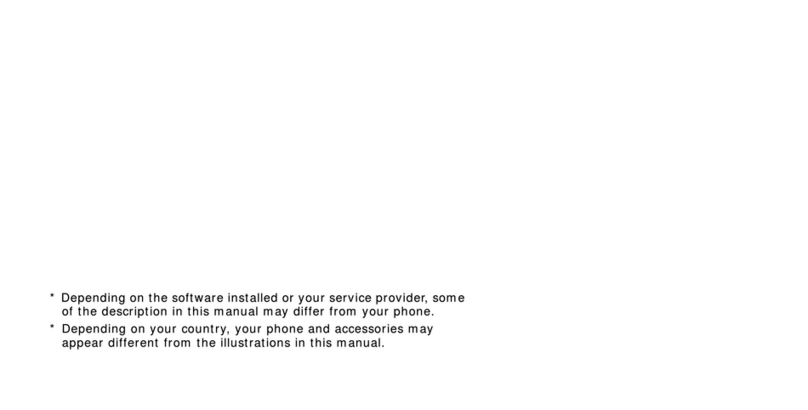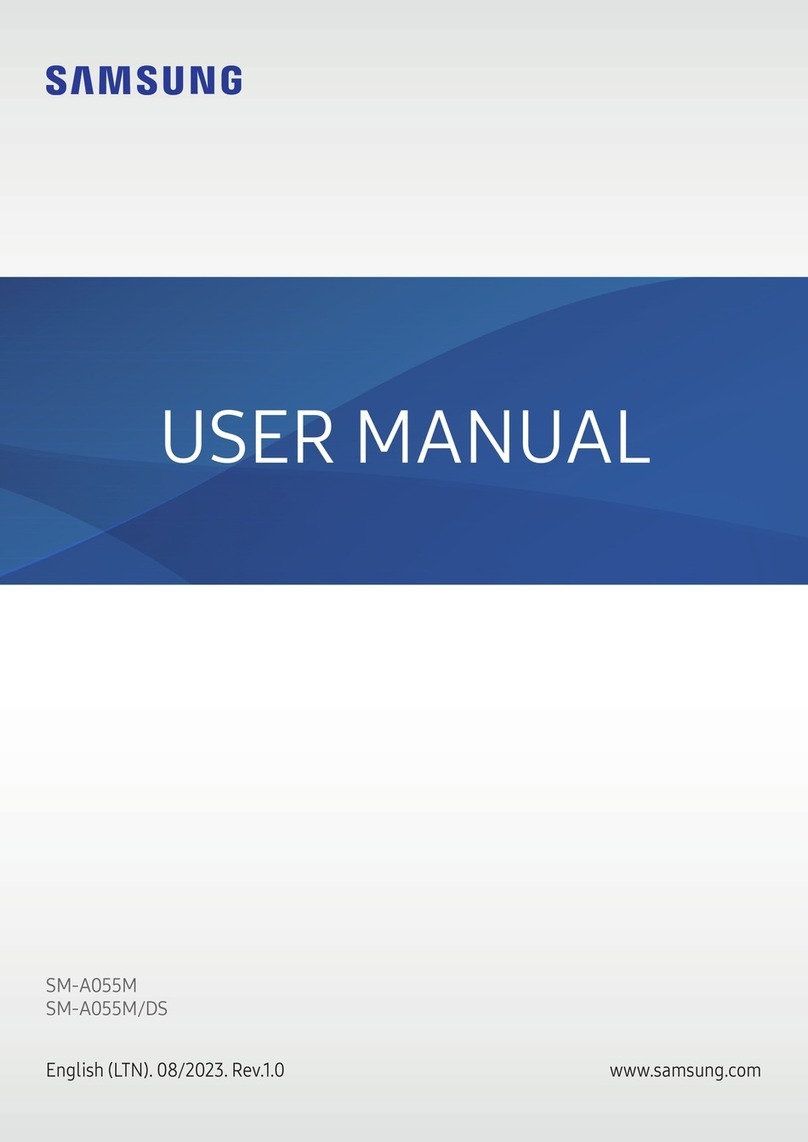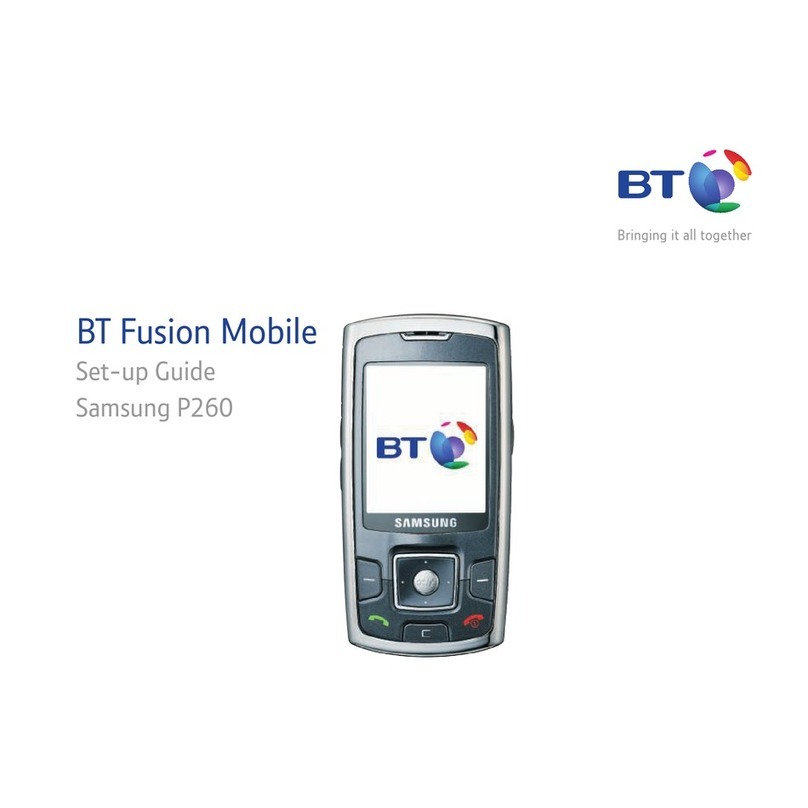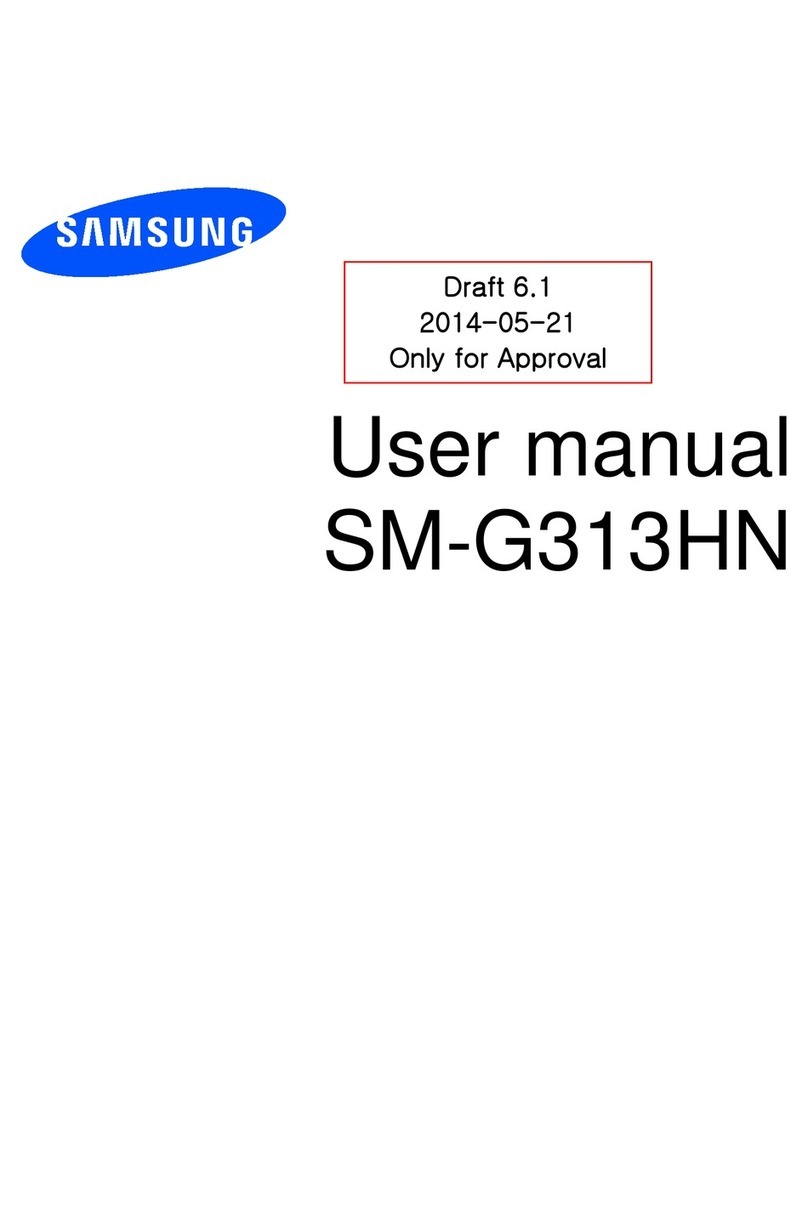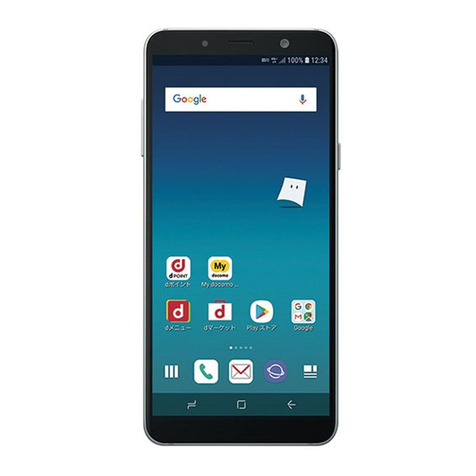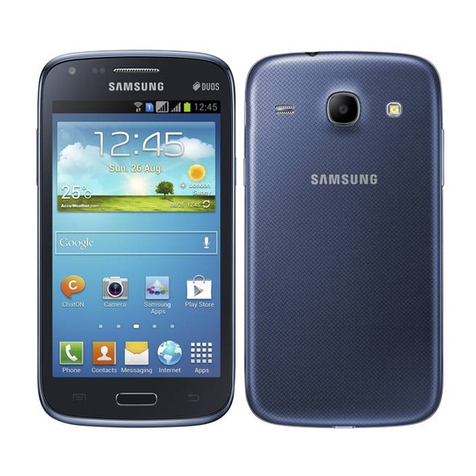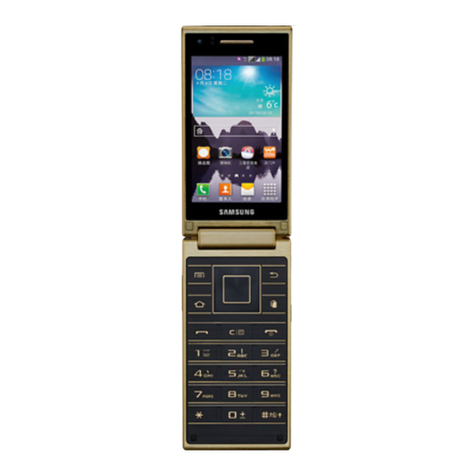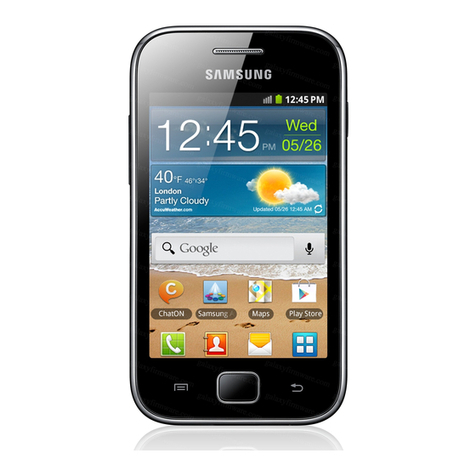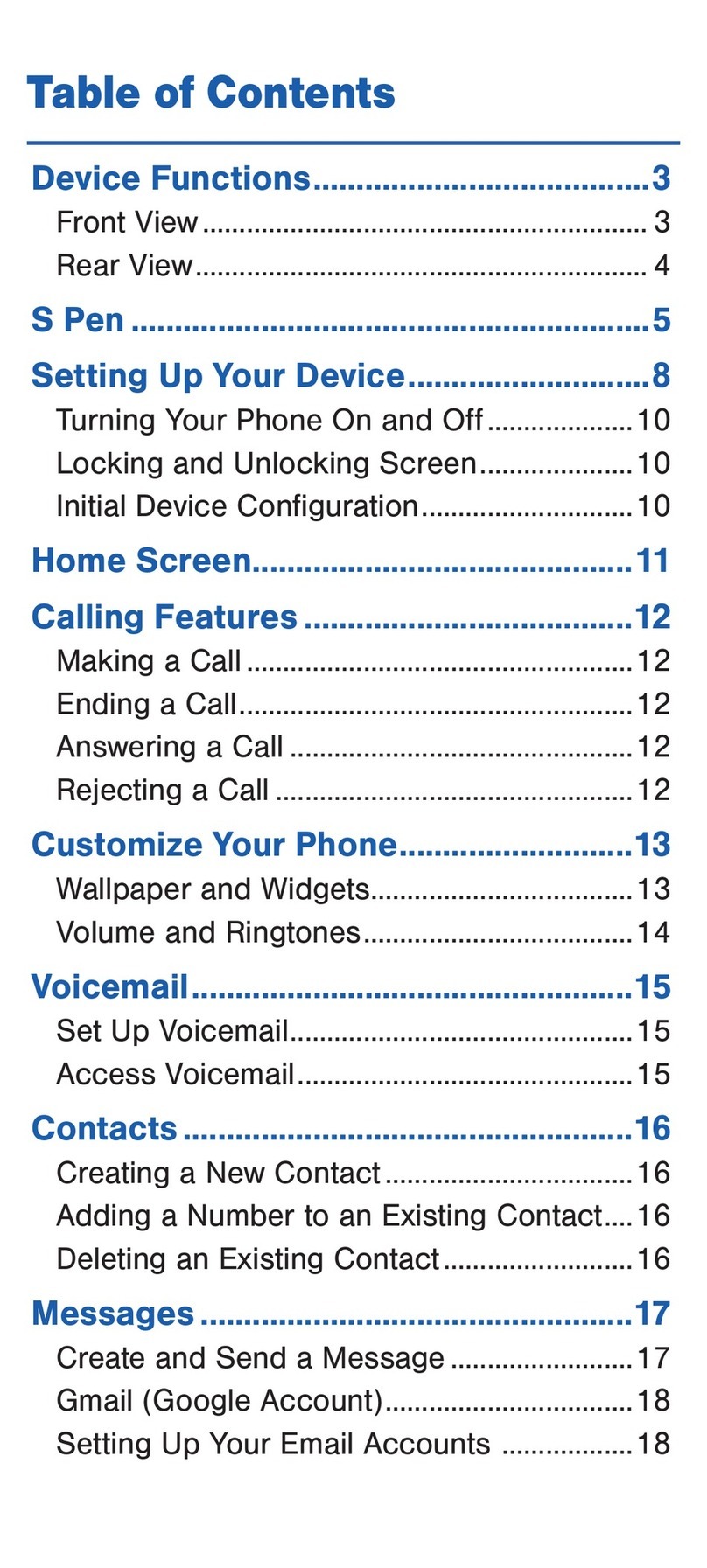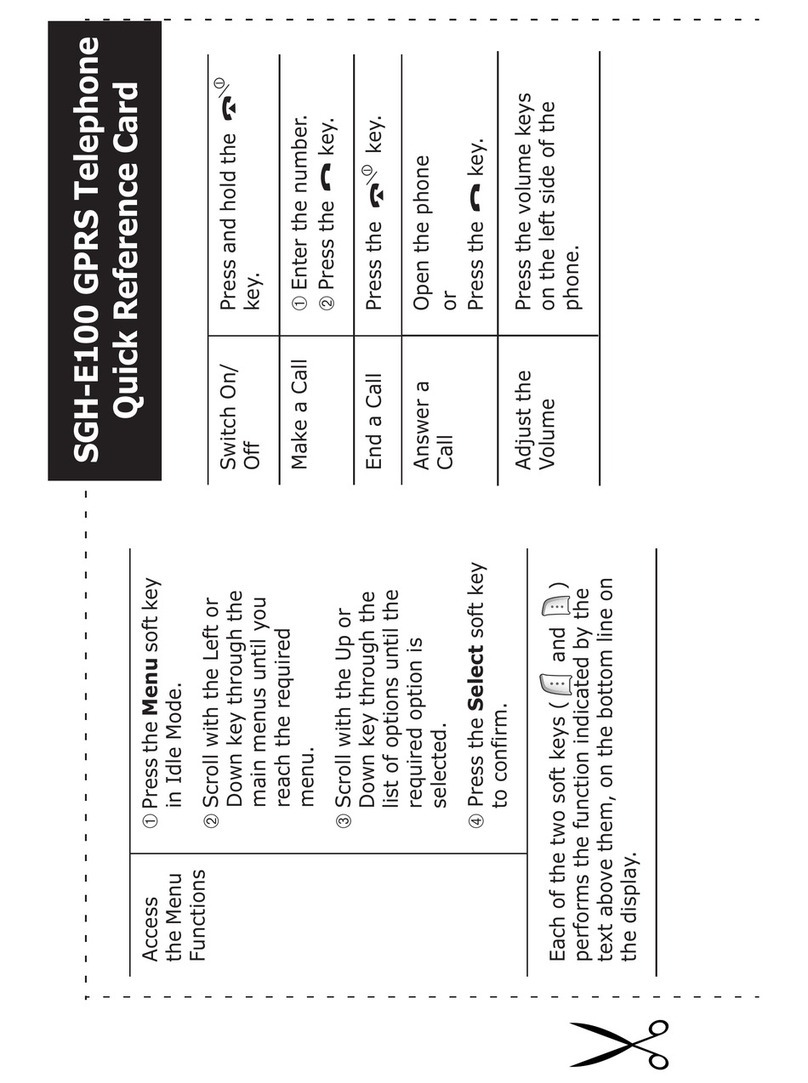
2000. Bet ween them , t he st udies investigat ed any possible associat ion
bet ween t he use of wireless phones and prim ary brain cancer, gliom a,
m eningiom a, or acoust ic neurom a, t um ors of t he brain or salivary gland,
leukem ia, or ot her cancers. None of t he st udies dem onst rat ed t he
exist ence of any harm ful health effect s from wireless phones RF
exposures. However, none of t he studies can answer quest ions about
long- t er m ex posur es, since t he average period of phone use in t hese
studies was around t hree years.
W ha t r e se arch is n e ed ed t o d ecide w het her RF e x posure fr om
w ireless ph one s pose s a healt h risk ?
A com binat ion of laborat ory st udies and epidem iological st udies of people
actually using wireless phones would provide som e of t he dat a t hat are
needed. Lifetim e anim al exposure st udies could be com plet ed in a few
years. However, very large num bers of anim als would be needed t o
provide reliable proof of a cancer prom ot ing effect if one exists.
Epidem iological st udies can prov ide dat a that is directly applicable to
hum an populat ions, but ten or m ore y ears' follow- up m ay be needed t o
provide answers about som e healt h effect s, such as cancer. This is
because the int erval bet ween t he t im e of exposure t o a cancer-causing
agent and t he tim e tum ors develop - if they do - m ay be m any, m any
years. The int erpret at ion of epidem iological st udies is ham pered by
difficult ies in m easuring act ual RF ex posure during day- t o- day use of
wireless phones. Many factors affect t his m easurem ent, such as t he angle
at which t he phone is held, or which m odel of phone is used.
W hat is FDA doing t o find out m or e a bou t t he possible h ea lt h
effect s of w ir e le ss phone RF?
FDA is working wit h t he U.S. Nat ional Toxicology Program and wit h
groups of investigat ors around the world t o ensure that high priority
anim al st udies are conduct ed t o address im portant quest ions about the
effect s of exposure t o radio fr equency energy ( RF) .
FDA has been a leading participant in t he World Healt h Organizat ion
int er nat ional Elect r om agnet ic Fields ( EMF) Pr oj ect since it s incept ion in
1996. An influent ial result of t his work has been t he developm ent of a
det ailed agenda of research needs t hat has driven t he est ablishm ent of
new research program s around the world. The Pr oj ect has also helped
develop a series of public inform ation docum ent s on EMF issues.
FDA and Cellular Telecom m unicat ions & I nternet Association ( CTI A) have
a form al Cooperat ive Research and Dev elopm ent Agreem ent ( CRADA) t o
do research on wireless phone safet y. FDA provides the scient ific
oversight, obtaining input from expert s in governm ent , indust ry, and
academ ic organizat ions. CTI A- funded research is conduct ed through
cont ract s t o independent invest igators. The init ial research will include
bot h laborat ory st udies and st udies of wireless phone users. The CRADA
will also include a broad assessm ent of addit ional research needs in t he
cont ext of t he lat est research developm ents around t he world.

